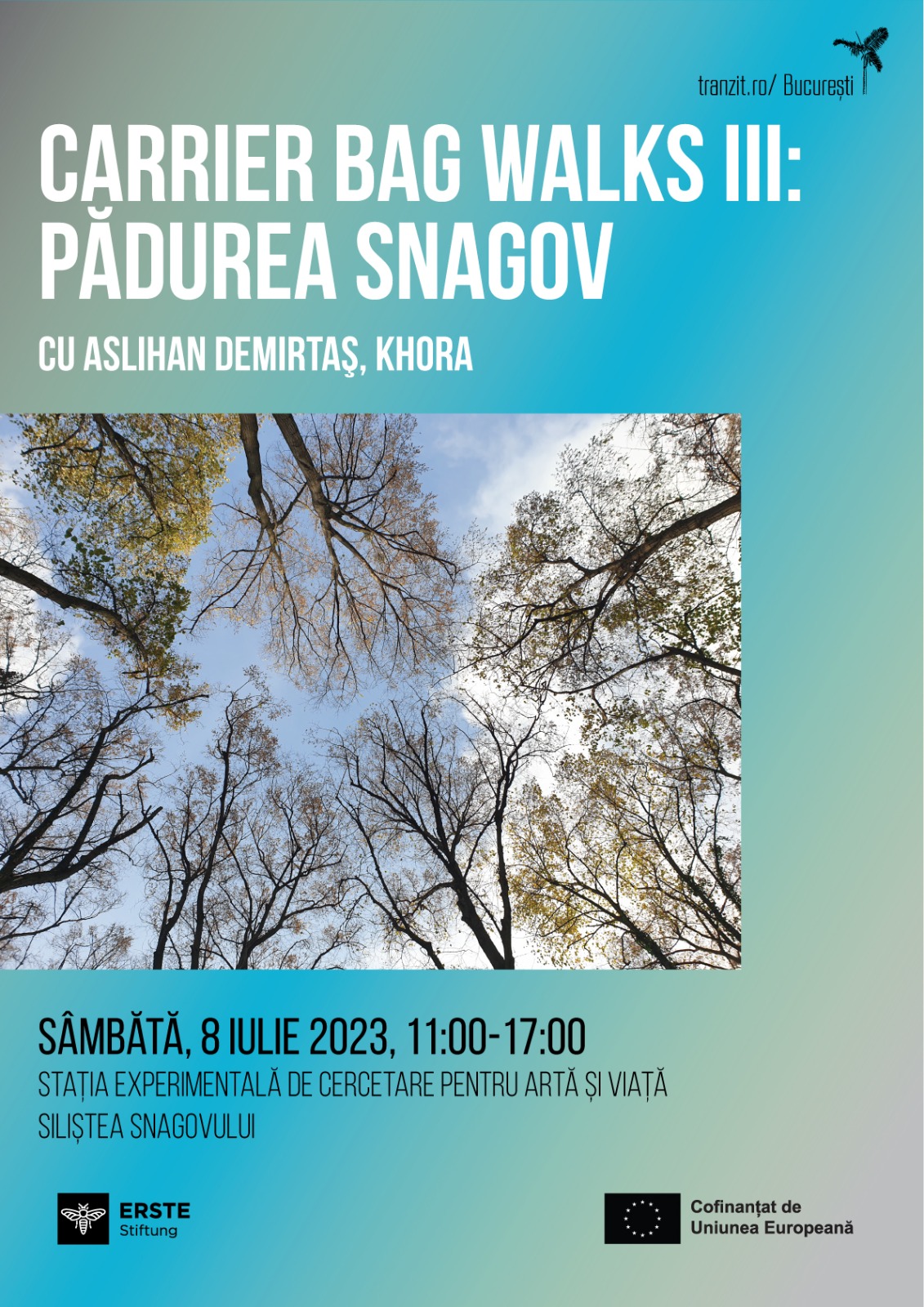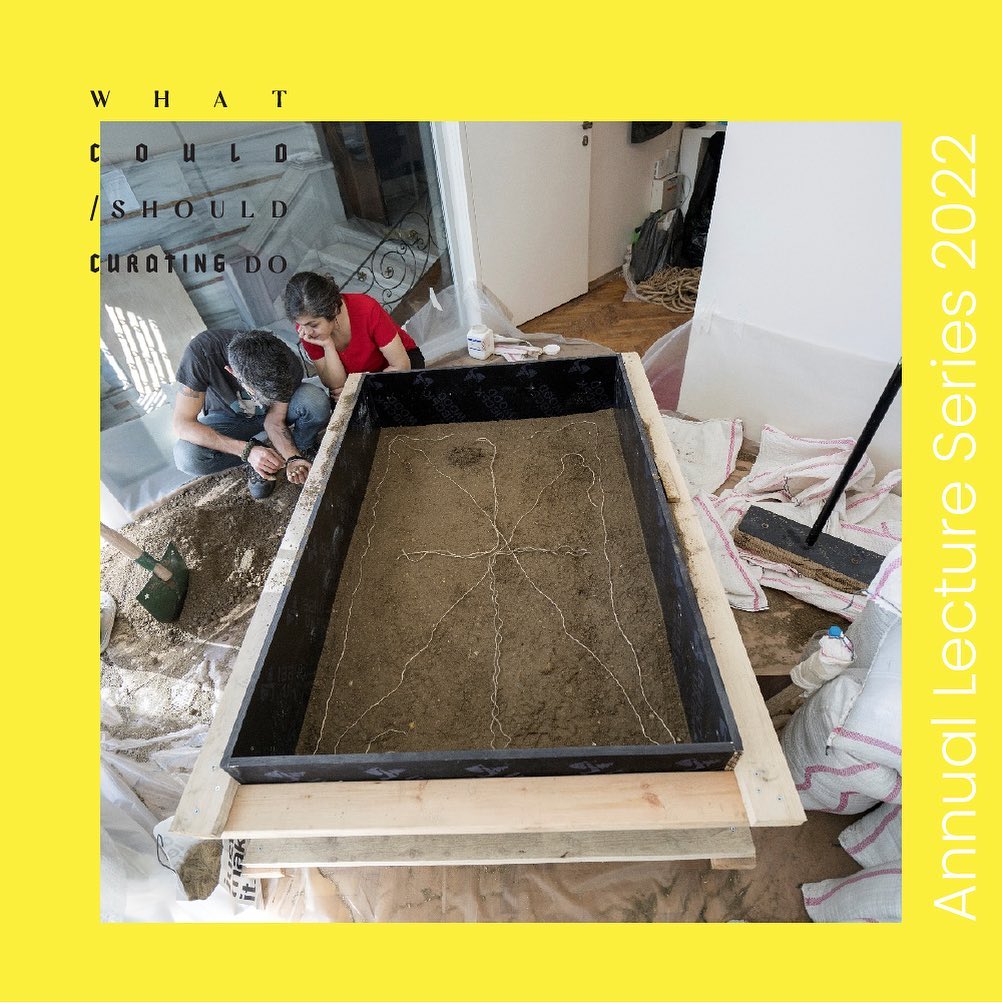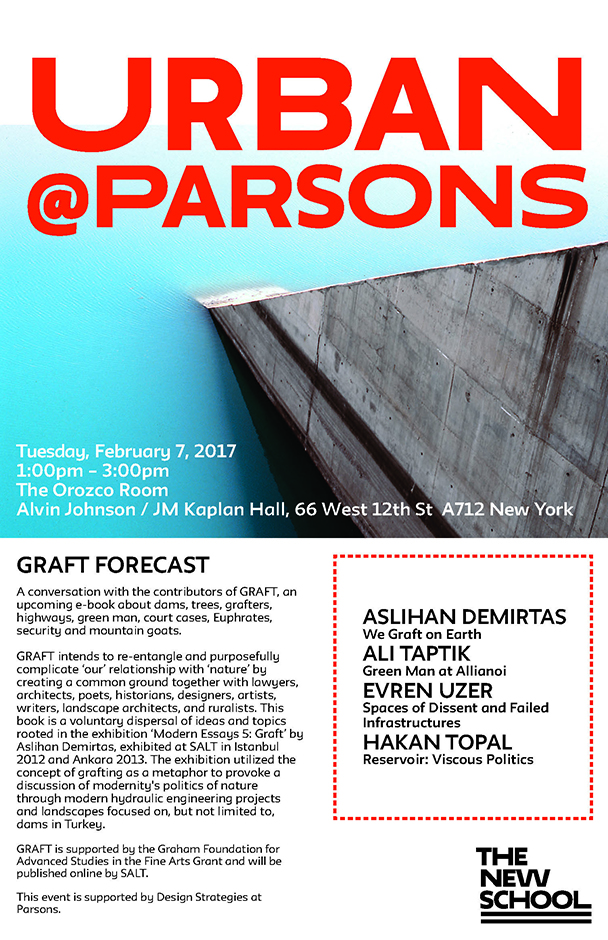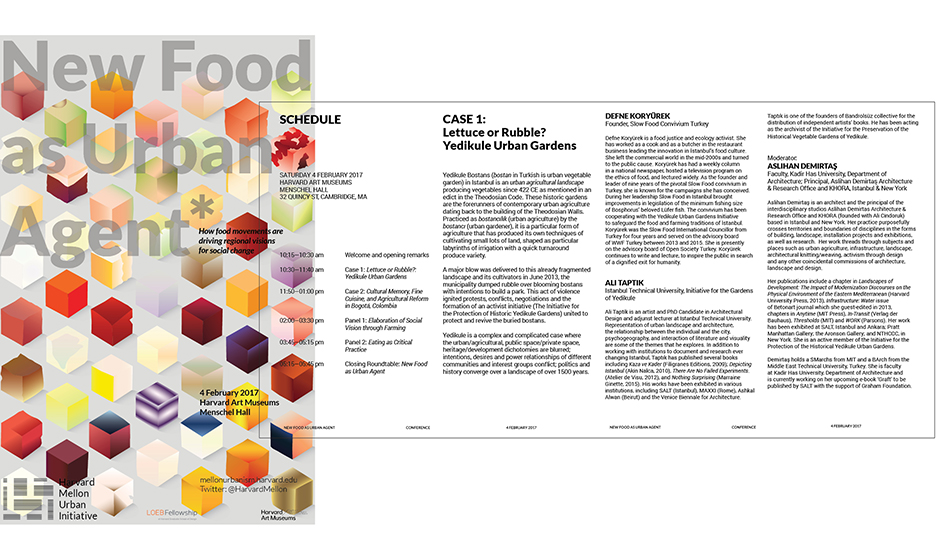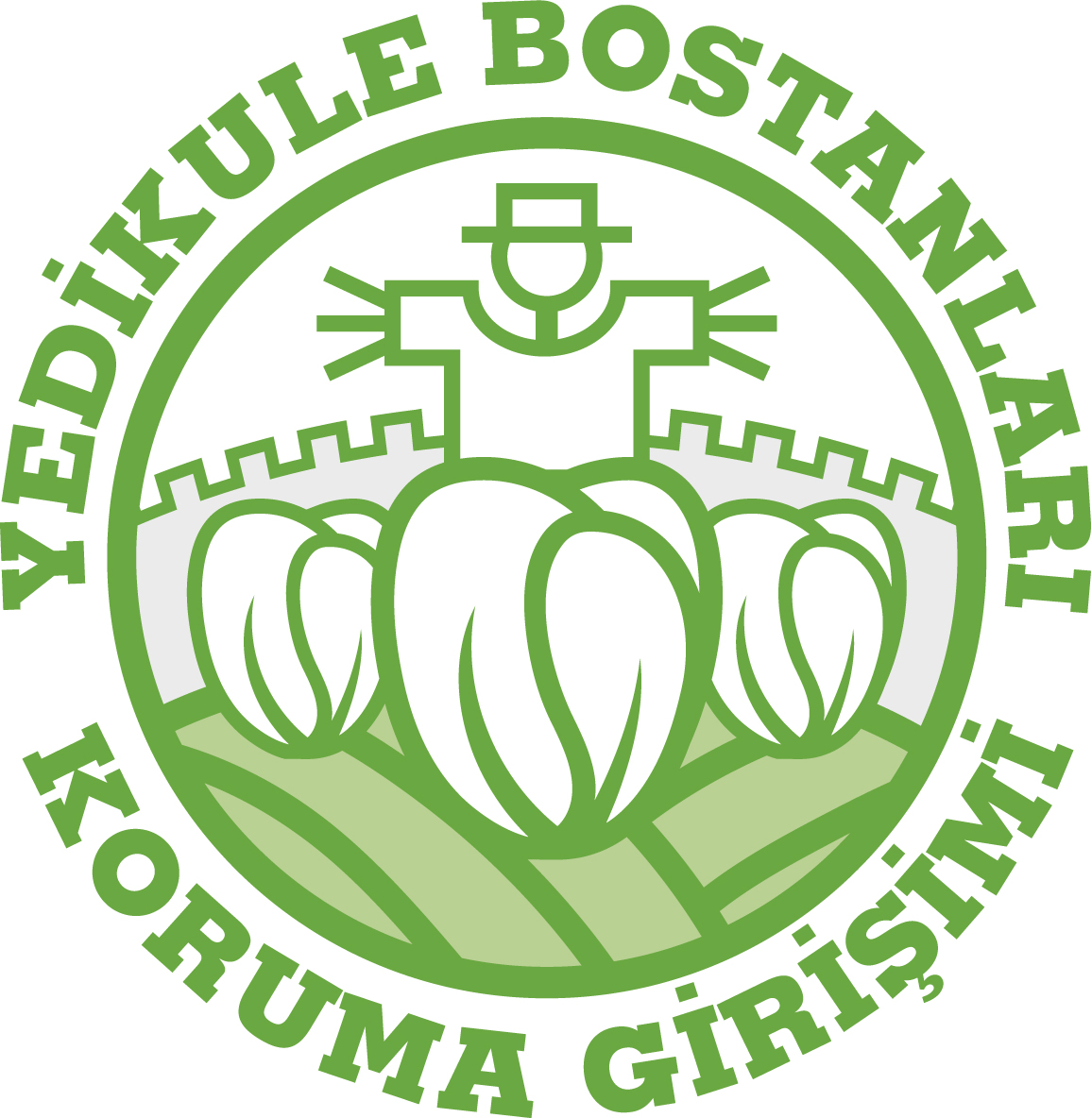Saturday, 8 July 2023, 11 to 5 p.m.
The Experimental Station for Research on Art and Life, Siliștea Snagovului, Bucarest, Romania
Gathering has been and still is a steady and peaceful act which makes the world go round. In gathering, one practices the “arts of noticing”. It involves the noticing of seeds, roots, growth, transformations, decay, cycles, beginnings and ends, differences and diversity. A container, a bag, a vessel is made to hold everything together – entangled, assembled and collected.
In her essay “The Carrier Bag Theory of Fiction” written in 1986, Ursula K. Le Guin references anthropologist Elizabeth Fisher’s claim that the first device made by human species was not the spear, but probably a recipient, a container to hold gathered products, and a carrier bag. In the temperate and tropical regions of the world, people mostly sustained themselves with plants and occasionally caught small animals and fish which required containers and nets to gather, catch and bring home. Hunting on the other hand required a spear, a different and durable object with which to stab and kill. Although less occurring, this event nevertheless made for an exciting story, with action and a hero. It is a story of domination, one which Ursula le Guin continues to state she has never felt part of, neither have I.
We will walk in the Snagov Forest while thinking about dispossession, earth, history, future, care and all the complexities the confluence of rivers forming the lake of Snagov presents. In a geography of oaks, pheasants and deer and in a context of problematic ecological management, we will collect and gather matter and thoughts in order to constellate new earthen imaginaries.
Carrier Bag Walks
I Alfred Heilbronn Botanical Garden, Istanbul, 2017
II Kosutnjak Forest, Belgrade, WCSCD, 2022
III Snagov Forest, Bucharest, The Experimental Station for Research on Art and Life, 2023

